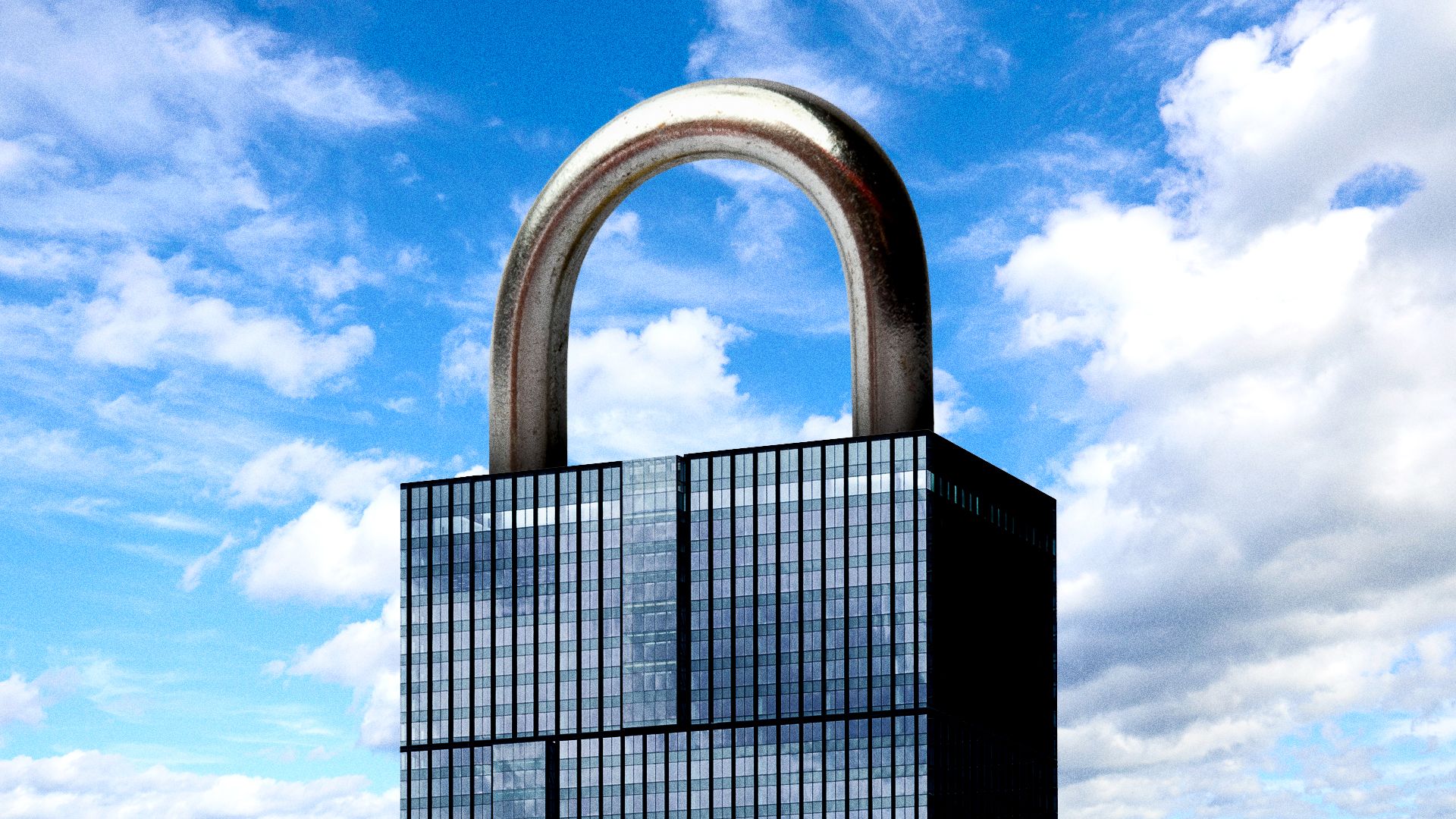|
||
| Axios Pro Rata | ||
| By Dan Primack · Jul 30, 2025 | ||
|
⬆️ Situational awareness: U.S. GDP was up 3% in Q2, reversing a Q1 decline. Go deeper. |
||
| Top of the Morning | ||

|
||
|
Illustration: Maura Losch/Axios |
||
|
Turning this section over to my Axios colleague Emily Peck: After United Healthcare's CEO was gunned down in December, companies scrambled to beef up executive security. Now, in the wake of Monday's fatal shooting in midtown Manhattan, broader office security questions are being asked. Where it stands: Security inside New York's office buildings is already fairly locked down — it's not clear how much more can be done without alienating clients, employees, and other visitors.
Threat level: Workplace violence has been increasing, particularly since the pandemic.
By the numbers: Workplace fatalities due to violent acts totaled 740 in 2023, per the most recently available government data. The year before, 435 workplace fatalities were the result of a gunshot. (There are about 160 million workers in the U.S.)
Flashback: New York City offices first started locking down seriously more than two decades ago, after the Sept. 11 attacks.
The bottom line: Monday night's fatal shooting was tragic, but it might not significantly change office security practices inside urban office buildings. |
||
|
|
||
| The BFD | ||

|
||
|
Illustration: Allie Carl/Axios |
||
|
Palo Alto Networks (Nasdaq: PANW) has agreed to buy Israeli cybersecurity firm CyberArk (Nasdaq: CYBR) for around $25 billion in cash and stock. Why it's the BFD: This is a reminder that the AI gold rush is as much about supporting services as it is about foundational models, with CyberArk building tools that secure AI agents' identities. By the numbers: CyberArk stockholders will receive $45 in cash and just over 2.2 Palo Alto shares per CyberArk share.
Zoom out: This is the year's second cybersecurity megadeal, following Google's $32 billion agreement with Wiz. The bottom line: "This feels like the biggest move yet in Nikesh Arora's big 'platformization' push at Palo Alto Networks. If it works, it could set his company up to be a leader in securing identities in the AI age." — Sam Sabin, Axios |
||
|
|
||
| Venture Capital Deals | ||
|
• Ramp, a financial ops platform, raised $500m in Series E-2 funding at a $22.5b valuation. Iconiq led, joined by Sutter Hill Ventures, Lightspeed, T. Rowe Price, GV, Emerson Collective, Operator Collective, and Pinegrove Capital Partners.
|

